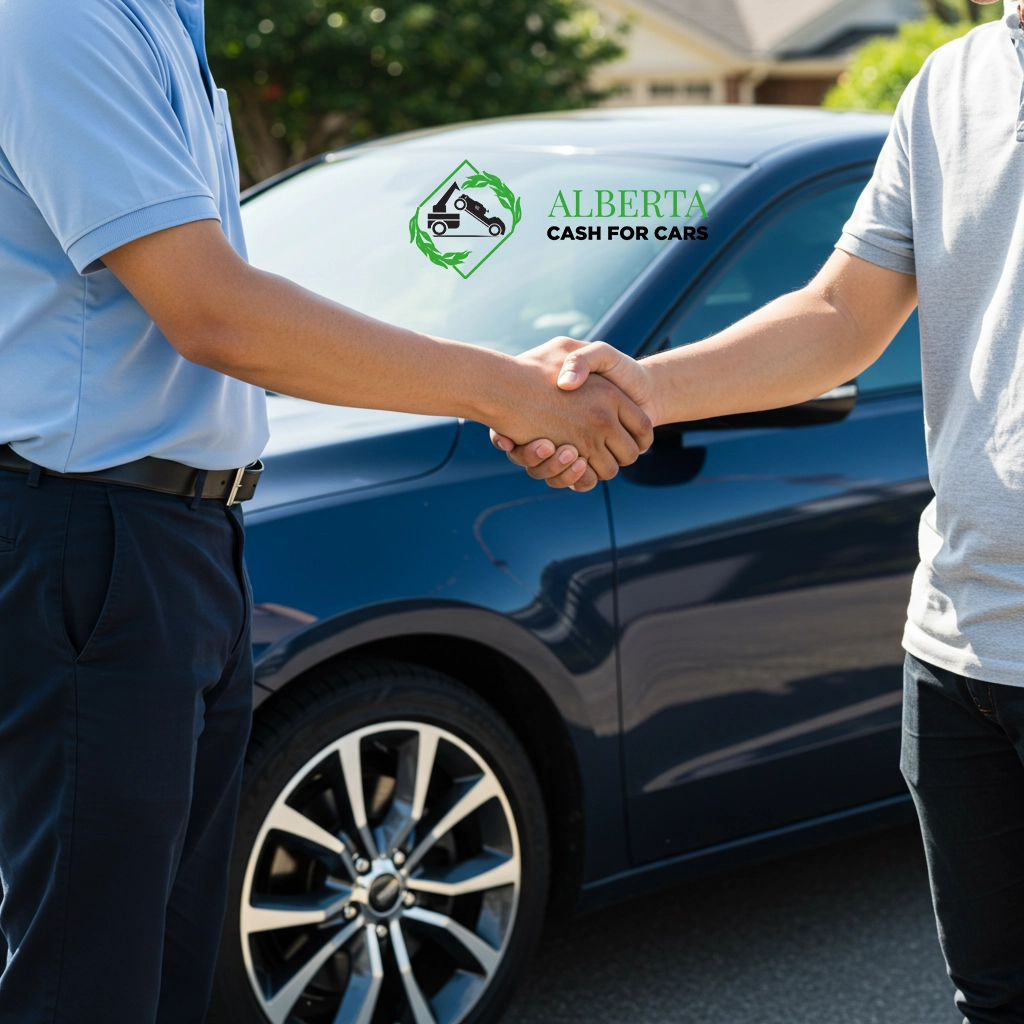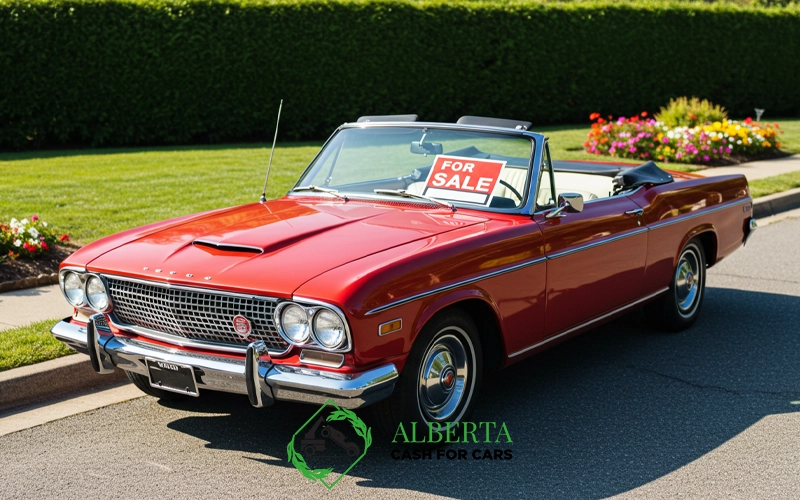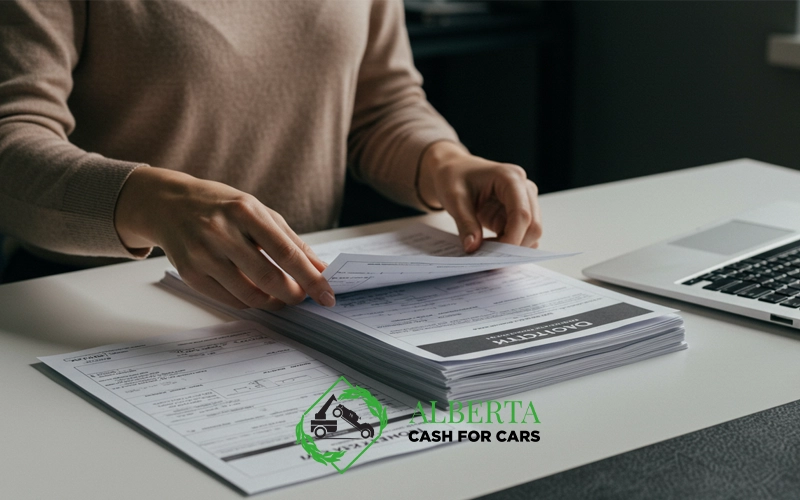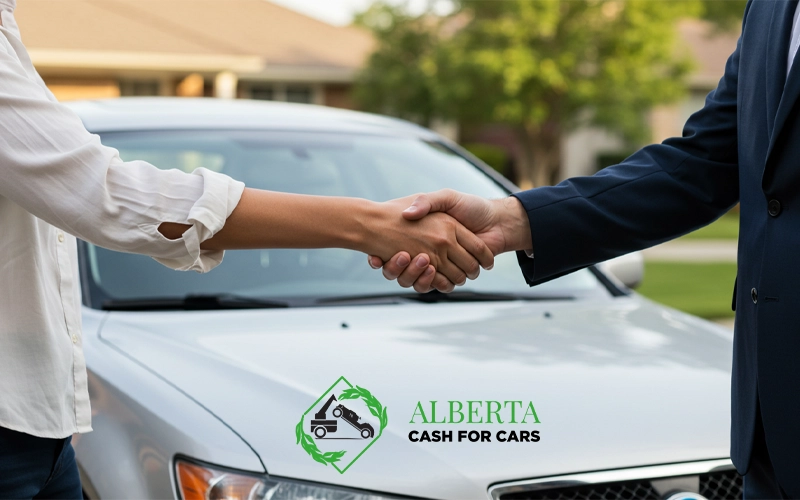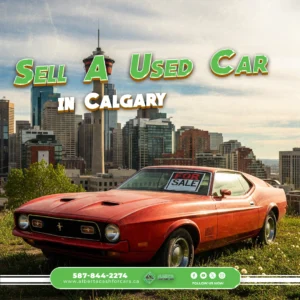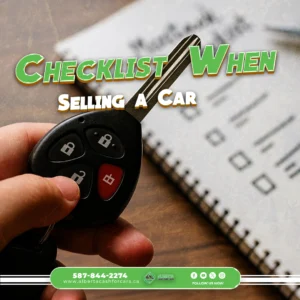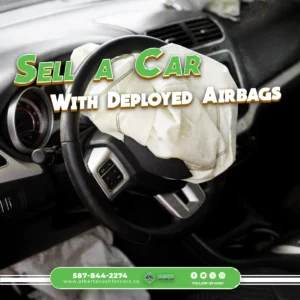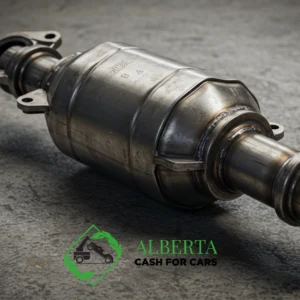Okay, let’s be honest. When you decide it’s time to part ways with your trusty vehicle, the first thought that usually pops into your head is, “How can I possibly get more money for my used car?” It’s a completely natural desire. You’ve likely invested time, money, and maybe even a few memories into that vehicle, and you want to ensure you’re getting a fair return. Selling a used car isn’t just about listing it; it’s about strategy, presentation, and understanding what buyers truly value.
It’s easy to feel overwhelmed by the process. Should you fix that dent? Does it really need new tires? How do you even set a price? Every decision seems to impact that final dollar amount. But with a bit of effort and a savvy approach, you absolutely can maximize your car’s value and get more money for your car than you might initially expect.
So, let’s dive deep into the actionable steps and insider tips in this blog by Alberta Cash for Cars that will help you confidently navigate the selling process and truly get more money for your used car right here in Alberta, and across Canada.
The “Pre-Sale Prep” – More Than Just a Wash

When aiming to get more money for your used car, view it as a product ready for market where presentation is paramount, not to conceal flaws, but to highlight its best aspects. This non-negotiable “Pre-Sale Prep” begins with thorough cleaning and detailing: a meticulous exterior wash, wax, and tire shine, including wheels and wells, alongside a deep interior vacuum, surface wipe-down, window cleaning, removal of all personal items (considering professional detailing for stubborn stains/odors), and even a gentle cleaning of the engine bay to signal good maintenance.
Next, proactively address minor imperfections that might suggest deferred maintenance, such as replacing burnt-out lightbulbs for safety and aesthetics, repairing windshield stone chips to avoid buyer deterrence, using touch-up pens for small scratches, or opting for inexpensive Paintless Dent Repair (PDR) to enhance appearance. Also, ensure all fluids are topped up and tires are correctly inflated, as these small details convey meticulous care.
Finally, remove all personal touches like car seats, bumper stickers, and any personalization, allowing prospective buyers to easily envision themselves as the new owner. This modest investment of time and money in preparation consistently yields a significant return in both the final sale price and the speed of your car’s sale.
Documentation is Gold – Prove Your Car’s Value

A car with a complete, verifiable history instills confidence in buyers, and confidence translates to a higher selling price. This step is fundamental to get more money for your car.
- Service Records: Gather every oil change receipt, tire rotation record, brake job invoice, and any major repair bills. Organize them chronologically in a folder. This transparent history proves your car has been well-maintained.
- Original Manuals and Keys: Having the original owner’s manual, service booklet, and all sets of keys (especially if there’s a valuable remote key fob) adds value and demonstrates completeness.
- Vehicle History Report: Consider purchasing a Carfax or CarProof report. These reports provide crucial information about accidents, lien status, and odometer accuracy. Even if your car has a clean history, it offers peace of mind to a buyer. If it has a minor accident, being upfront and having the Vehicle History Report allows you to discuss it openly.
Buyers are often willing to pay more for a car when they have a clear understanding of its past and feel assured it’s been cared for.
Strategic Pricing – Know Your Car’s Worth (and More!)
Setting the optimal price is a nuanced art; too high, and you’ll alienate potential buyers, while too low means you’re leaving money on the table, thereby hindering your ability to get more money for your (used) car. To achieve this, meticulously research the current market value by leveraging online valuation tools like Canadian Black Book (CBB) and Kelley Blue Book (KBB.ca) for estimated trade-in and retail values, which serve as excellent initial benchmarks.
Crucially, scrutinize comparable listings on online marketplaces such as AutoTrader.ca, Kijiji, and Facebook Marketplace for vehicles identical or highly similar to yours in your specific region, meticulously observing those with comparable mileage, features, and overall condition to gain a realistic understanding of prevailing buyer willingness to pay.
Further, factor in the current demand for your make and model, considering whether it’s high or if there’s an abundant or scarce supply, as this market dynamic directly influences your pricing strategy. Beyond market averages, account for your car’s unique selling points, highlighting any recent major maintenance (like new tires, brakes, or a battery), desirable optional features (such as a sunroof, leather interior, navigation, or AWD), or an exceptionally well-maintained condition for its age and mileage.
Finally, always leave room for negotiation, as most buyers anticipate it; price your car slightly above your absolute minimum desired amount to provide flexibility, and consider whether to advertise a “Firm” price or “OBO” (Or Best Offer), ensuring you’re prepared to justify a firm stance with tangible reasons like recent, high-value repairs.
Craft a Compelling Listing – Your Car’s Online Debut
Your online advertisement is your car’s first impression to thousands of potential buyers. Make it count!
High-Quality Photos are paramount
- Take clear, well-lit photos in good natural light. Aim for 20+ photos.
- Show all angles: exterior (front, back, sides), interior (front seats, back seats, dash, console), trunk, engine bay, odometer reading, tires/rims.
- Highlight key features (e.g., close-up of heated seat button, navigation screen, sunroof).
- Ensure the car is clean and free of clutter in all photos.
Write a Detailed, Honest, and Engaging Description
- The Basics: Make, model, year, trim level, mileage, color, transmission type.
- Key Features & Upgrades: List all the desirable features and any aftermarket upgrades.
- Maintenance History: Summarize recent maintenance or major repairs (e.g., “Recently serviced, new brakes installed last year, synthetic oil changes every 8,000 km”).
- Condition: Be honest but positive. “Minor stone chips on hood consistent with highway driving” is better than hiding them. “Clean interior, non-smoker” is a huge plus.
- Why You’re Selling: A brief, honest reason (e.g., “Upgrading to a larger family SUV,” “No longer need a second vehicle”) can build trust.
- Contact Information: Specify how you prefer to be contacted (phone, email, text) and when you’re available.
Master the Viewing and Test Drive – The Personal Touch
Begin by effectively screening callers, maintaining politeness but firmness, inquiring about their genuine intentions, and exercising extreme caution with generic messages or suspicious overseas offers exceeding your asking price. For viewings, choose a safe meeting spot, a public, well-lit area during daylight hours, like a busy parking lot, if you’re uncomfortable at home.
Be meticulously prepared for questions, rehearsing answers about the car’s history, performance, and any issues, always referring to your organized service records for credibility. Adhere strictly to a Test Drive Protocol, which is crucial in Canada: always verify the buyer’s valid driver’s license and proof of insurance before they even start the car (understanding that in most Canadian provinces, their policy typically extends, but confirm with your insurer if in doubt about their coverage), and always accompany them during the drive, using a pre-planned route that showcases varied driving conditions. Finally, to build immense trust and reassure the buyer, actively allow for a pre-purchase inspection (PPI) by an independent mechanic, demonstrating your confidence in the vehicle’s condition.
Finalizing the Sale – The Paperwork and Payment

This is the big moment! Ensure everything is handled legally and securely.
- Bill of Sale: This is your most critical document. In Alberta, there’s no single mandatory government Bill of Sale form, but reputable templates are widely available online. It must include:
- Full legal names and addresses of both seller and buyer.
- Date of sale.
- Vehicle Information: Make, model, year, VIN (Vehicle Identification Number), odometer reading at time of sale.
- Purchase Price.
- A statement that the vehicle is sold “as-is, where-is” (this is common in private sales, meaning no warranty is provided after the sale).
- Signatures of both buyer and seller.
- Crucially: Both buyer and seller must keep a signed copy for their records.
- Transfer of Ownership (Alberta): You, as the seller, will sign over the vehicle portion of your Alberta Vehicle Registration Certificate to the buyer. This formally transfers legal ownership.
- Remove Licence Plates: In Alberta, licence plates belong to the individual, not the car. Remove your plates before the car leaves your property. You can transfer them to another vehicle you own, or return them to an Alberta registry agent for cancellation.
- Cancel Registration: As soon as the car is sold and gone, officially cancel its registration with an Alberta registry agent. This is absolutely crucial to ensure you are no longer legally associated with the vehicle and are not liable for anything that happens to it after the sale.
- No Safety Inspection (Alberta): Unlike some other Canadian provinces (e.g., Ontario, British Columbia), Alberta does not require the seller to provide a safety inspection certificate for a private sale. The buyer is responsible for ensuring the vehicle meets safety standards before registering and operating it.
- Secure Payment: Choose a payment method that guarantees funds before the car leaves your possession.
- Bank Draft or Certified Cheque: Generally safe, but always verify authenticity with the issuing bank during banking hours.
- Interac e-Transfer (EFT): Convenient for smaller amounts, but confirm funds are fully deposited before handing over keys. Be aware of daily limits.
- Cash: For large sums, conduct the transaction at your bank so the teller can verify the authenticity of the bills.
- AVOID Personal Cheques, PayPal for large sums, or wire transfers from unknown sources. Be highly suspicious of buyers offering more than your asking price or suggesting unusual payment methods.
For those in Alberta needing a quick, hassle-free sale, especially for vehicles that might not fetch top dollar in a private sale due to condition or age, Alberta Cash For Cars offers competitive cash payments for cars in any condition and handles all the removal logistics across the province.
Read Also: Selling Your Car | The Ultimate Checklist
Final Word
Selling a used car doesn’t have to be a stressful ordeal. By focusing on preparation, honest communication, strategic pricing, and secure transactions, you significantly increase your chances of a successful sale. Remember, the goal is not just to sell the car, but to get more money for your used car while ensuring a smooth, legal process for both you and the buyer. With these steps, you’ll be well on your way to a profitable and confident sale, freeing up space and putting cash in your pocket for your next adventure!

